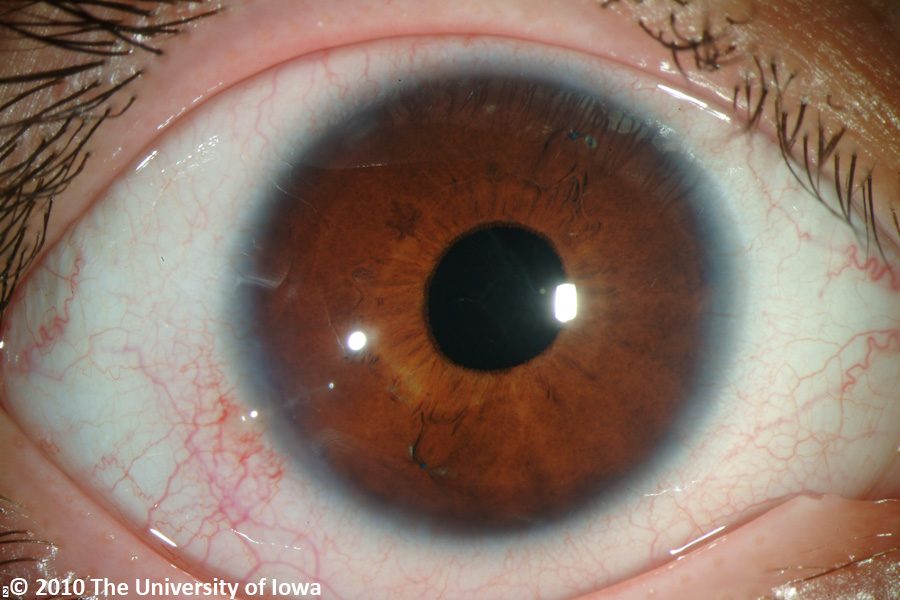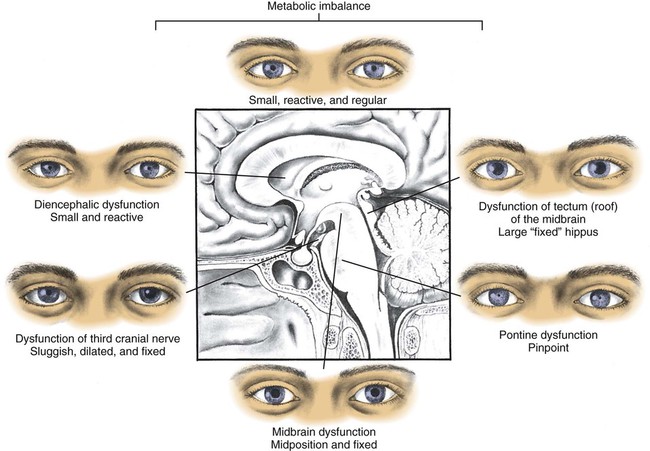
That’s with the origin top left, as shown in Figure 1. in this case represents integers 0,1,2… to n-1. If the planes are sampled evenly times in the horizontal direction, with = N = 1024 per Figure 1, that means that linear physical sample spacing is 45mm/1024 = 0.0439mm on the physical pupil plane.įollowing that reasoning, and denoting the number of times the diameter of the aperture fits horizontally within the pupil plane as (a quantization/padding factor, as described in the appendix), the horizontal axis of the pupil function in Figure 1a at index position would then correspond to physical valueĪnd the spacing between samples to, all in the same physical units as since and are dimensionless. That means that in this case the effective MxN pupil space related to the MxN sensing space must represent a 45mmx45mm physical area. Using the same example as in the last article, with the diameter of the circular aperture at 5mm, we can easily put axes on Figure 1a above since I counted that exactly 9 diameters fit within a width and a height of the exit pupil image. To get the axes of the PSF we first have to determine the physical units of the exit pupil function, which fortunately we do have because the two domains are linked by a virtual physical window, the aperture. The Physical Units of the Exit Pupil Function Simplified representation of the air filled space between the exit pupil of the lens and the image plane, not to scale. The only physical parameters on the diagram are shown in red: exit pupil circular aperture diameter, focal length, number of horizontal samples and sampling pitch and (not shown and in the vertical direction which would however be the same as and resp. Similarly for the image of the relative Point Spread Function on the sensing plane and Modulation Transfer Function. The exit pupil function in this article refers to an array of MxN numbers indexed by integers and, which range from 0 to M-1 and 0 to N-1 vertically and horizontally respectively. Figure 3 below shows a simplified diagram representing the exit pupil and sensing plane separated by air (not to scale). A Numerical Perspectiveįor this discussion we take a numerical view of Fourier Optics and its black box model of lenses as fully described by their virtual terminal properties, the entrance and exit pupils. Less easy – and the subject of this article as seen from the point of view of a photographer. A slice through the center of the PSF shown in figure 1b. What are the physical units on the axes of displayed data produced by the DFT? Figure 2. Below is a slice through the center, the 513th row, zoomed in.


1b Right: Array of numbers representing the PSF of image 1a (contrast slightly boosted). 1a Left: Array of numbers representing a circular aperture (zeros for black and ones for white). Figure 1b is the resulting intensity PSF. Figure 1a shows a simple case where pupil function is a uniform disk representing the circular aperture of a perfect lens with MxN = 1024×1024. Obtaining the 2D DFTs is easy: simply feed MxN numbers representing the two dimensional complex image of the Exit Pupil function in its space to a Fast Fourier Transform routine and, presto, it produces MxN numbers representing the amplitude of the PSF on the sensing plane. In the last article we saw that the intensity Point Spread Function and the Modulation Transfer Function of a lens could be easily approximated numerically by applying Discrete Fourier Transforms to its generalized exit pupil function twice in sequence.


 0 kommentar(er)
0 kommentar(er)
